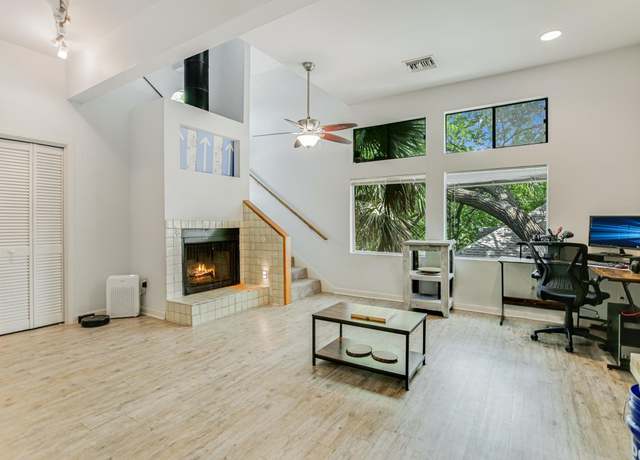2020 home décor trends: your guide to what is “in” this year.

With our home becoming the epicenter of our life and our priorities shifting focus, the importance of creating a properly balanced home sanctuary cannot be stressed. We are struggling to find ways to decompress, distress, and maybe even disconnect with the world as is, and in the process, rethinking the importance of our home’s environment and décor. Following the footsteps that have been started by various industries, current homeowners are prioritizing investments in home décor and furniture over cheaply crafted “fashionable” pieces.
Some home décor trends will be seen in 2020 include:
Designing for well being
People worldwide are taking some time off and paying attention to their physical as well as mental well being. With a lot of us under quarantine and self-isolation, we are developing a more definite need for a more mindful approach to redecorating. With the home being our retreat, the mindfulness trend encourages us to design the house in a way that supports physical and mental growth and well being.
Individuality
According to Ambienti, homes are a reflection of the homeowner, and should not look like a page out of a magazine, or an IKEA catalog. One of the biggest trends in 2020 is a home that has a personality and reflects the individuality of the homeowner. Out of the box home décor ideas, custom furniture and unconventional materials are trending this year.
Nature
Urban city dwellers are increasingly looking for ways to be closer to nature. The urban jungle trend continues to grow in popularity as homeowners learn the benefits of living with plants. Those with a green thumb opt for real plants, while others who like them for the aesthetic and want a hassle-free option go for the fake variety. Whatever your choice, adding some green to your environment is the most common 2020 trend.
Sustainable
With the sustainability movement gaining traction, it’s effect on interiors is increasingly visible. People are increasingly eco-conscious and want their homes to reflect it as well. From good, sturdy furniture that is made to last to avoiding mass-produced builds for custom ones, the trend is affecting the consumer market. The demand for natural and recycled materials is reflected in consumer’s furniture preferences, making it more affordable and mainstream. Consumers are showing a greater interest in the material, its life cycle, the making of the product, and its quality. With veganism becoming popular, consumers are now looking for furniture without animal products.











